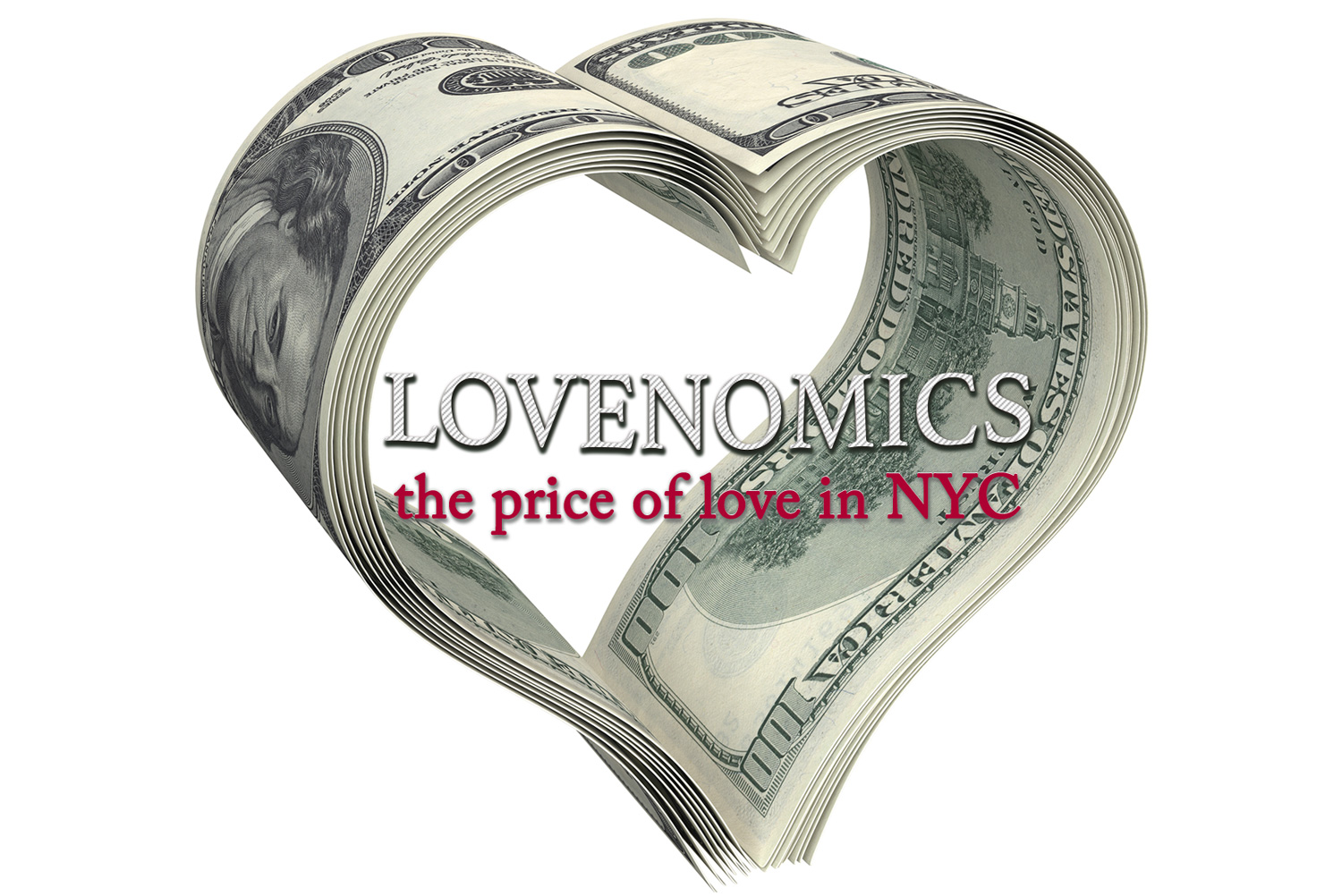
Swiping through the many faces of any dating app can give anyone simultaneous feelings of hope and dread. Swiping through an app in New York City raises the dread quotient. With a population of almost 8.5 million and 57 percent of adults over 18 identifying as single, how does anyone ever stand out in a sea of millions?
Dating in a city like New York can feel like an exercise in futility.
So why do we do it?
Because of a desire as old as human history: love.
Whether it’s romantic love or just a human connection, New Yorkers will do what ever it takes—and spend as much as they are able— to find whatever it is they are looking for. And they will try anything, and everything, from dating apps and websites to speed dating, matchmaking and platonic cuddling, no matter the cost.
According to an annual survey on dating by Match.com, New Yorkers spend an average of $2,069 on dating per year. This includes costs for grooming and clothes to bar tabs to paid dating apps and even matchmakers. The number may seem alarming at first, but finding love in the city costs money. Here, NYCity Lens looks into the many ways New Yorkers try to connect with one another in their quest for love—and the prices they are willing to pay. — Quincey Trigillo, Managing Editor
DATERS OF NEW YORK
The good, the bad and the ugly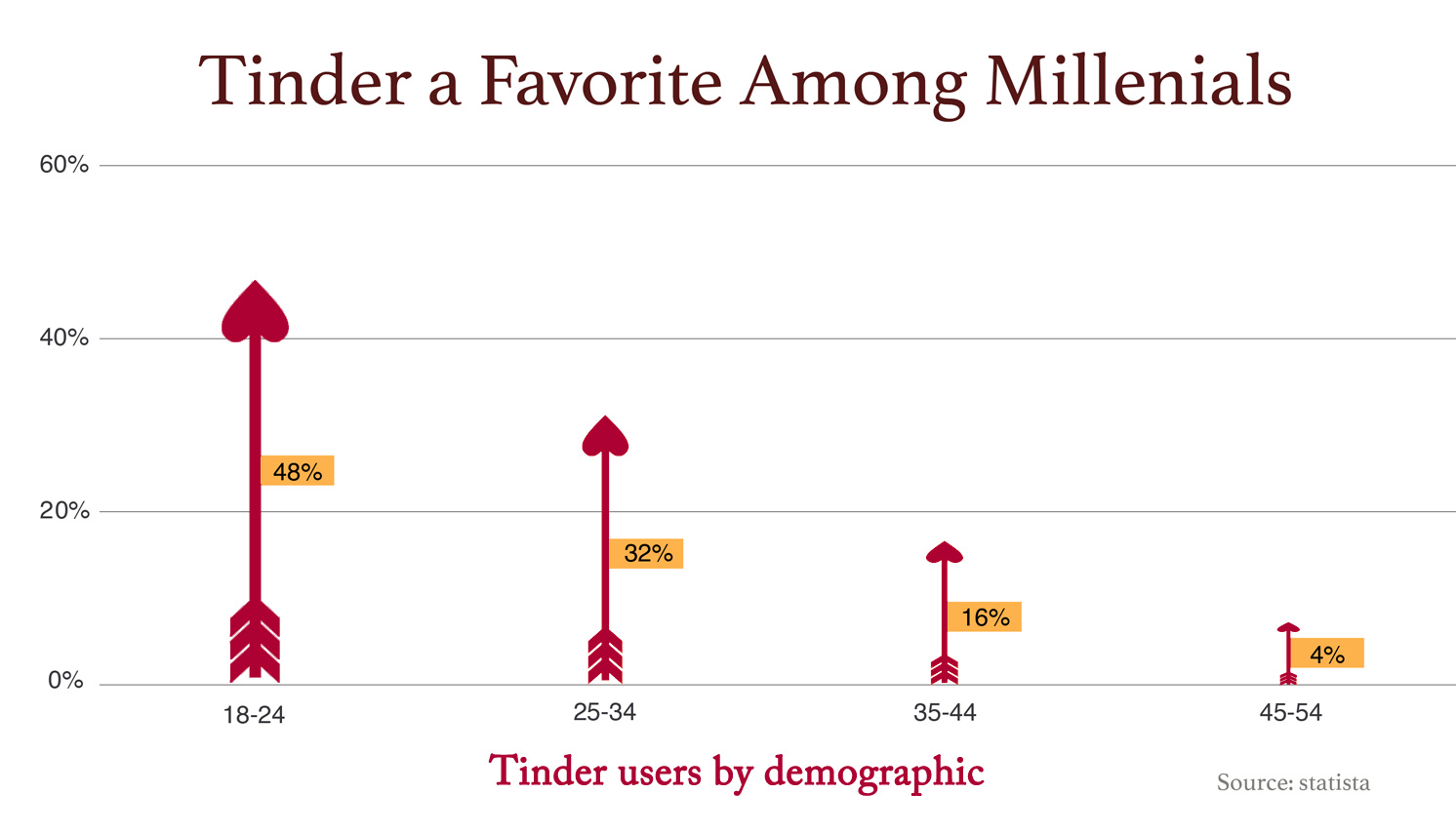
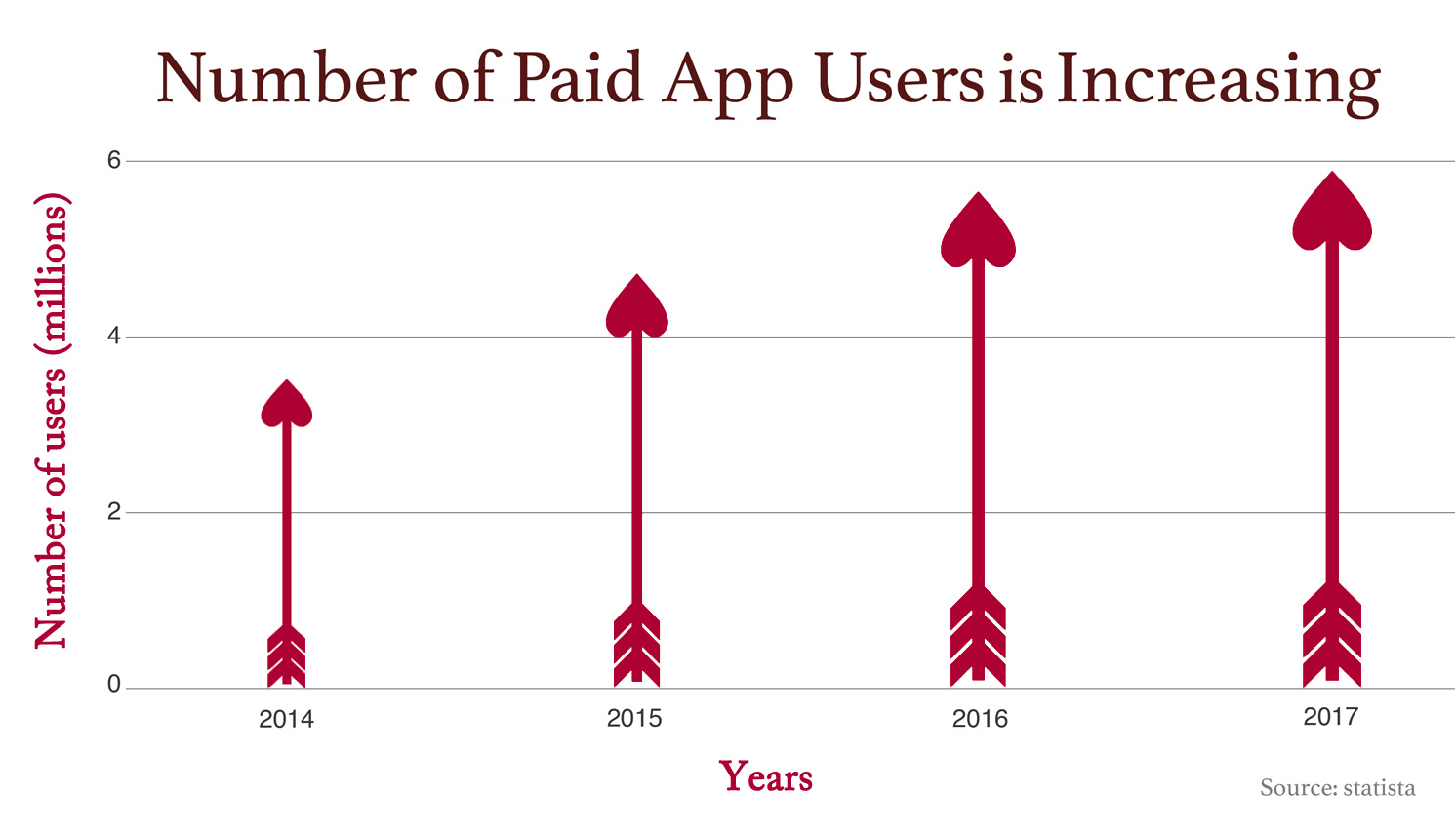
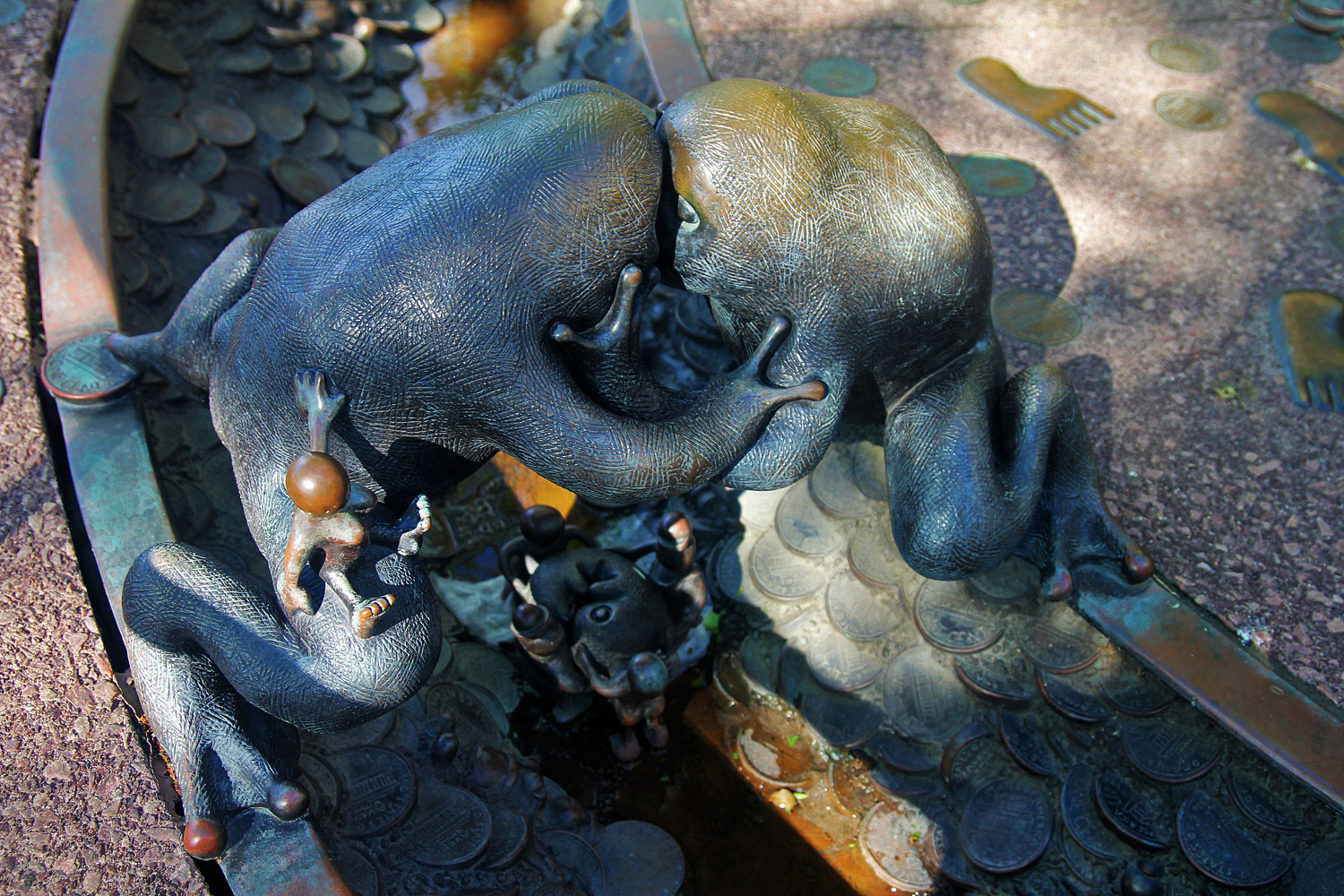
LOVE GURU
Being human is all about our ability to connect, says a progressive Buddhist.by Alexandria Bordas
When the people of New York City search for new places to find their potential partner, there are no limits on what some will try, from cuddling sessions to obscure and specialized meet-ups. But the mission is the same: to get a chance at love.
Take The Dharma Punx NYC, a traditional but progressive Buddhist group. Its weekly meeting, peppered with light cursing and real world examples, held on Tuesday nights on Bowery Street provides an opportunity for people from all walks of life to meditate as a community—and meet one another and talk about love and connections, among other things.
Josh Korda, 56, has been leading these meetings since 2005. His talks vary week to week but always have a central theme – self-love, self-preservation and the importance of bonding with people.
“My goal is not to tell people to quit their jobs and travel around the world, it’s to rebalance their lives and build a life with meaning, security and happiness,” Korda said during an interview one evening in his home office. “There are not enough outlets for people to bond anymore and express themselves and now there is a surfeit of anxiety.”
Finding love and human connections is particularly tough in New York City. In Wallethub’s annual ranking of the city’s happiest places to live, New York City ranked 70th, wedged between Arlington, Texas and Nashville, Tennessee (Fremont, CA, ranked #1).
The survey released in March used data provided by the Center for Disease Control (CDC), which showed that New York had a high number of residents that did not get regular physical exercise and 71-percent of adults in the city were not on a regular sleep cycle. Both of these contribute to depression.
For Korda, depression and loneliness in New York City debilitate people from being able to form organic connections, which are necessary for survival.
“Due to our lack of connections many people have a hard time keeping serotonin active,” Korda said. “The only thing that makes human beings human is their ability to connect.”
After the group meditation session at the end of Korda’s meetings, he opens up the discussion to allow attendees to ask questions about anything and everything. One man raised his hand and nervously spoke about a problem he was having and needed help to solve.
“I am addicted to my cell phone and I only feel validated and happy when I get text messages from friends or girls I am talking to,” he said with a desperate tone. “The more texts I receive from people the more loved I feel and I feel badly about myself when no one reaches out to me. What do I do?”
Korda reminded him and everyone else in the room that to truly create a bond with someone you need eye contact, you need to be listened to, you need to feel supported.
“Our right side of the brain contains our emotional circuits, which prioritize emotional bonding with people and matters of the heart,” Korda said. “The right side is our soul and it has been getting less and less attention over the years because of the stresses of the outside world. Which is why people are having such a hard time finding love and connecting.”
Either by our upbringing or our experiences in society, often people tend to bottle up their feelings and repress expressing them. This typically leads to anxiety which can lead to depression. This can all end in total isolation. Korda said this spiral tends to happen faster than people realize.
“When we are isolated, humans become more emotionally unregulated and ungoverned thus experiencing negative emotions,” Korda said. “To avoid that you have to address traumas and emotional blockages, and try to really feel.”
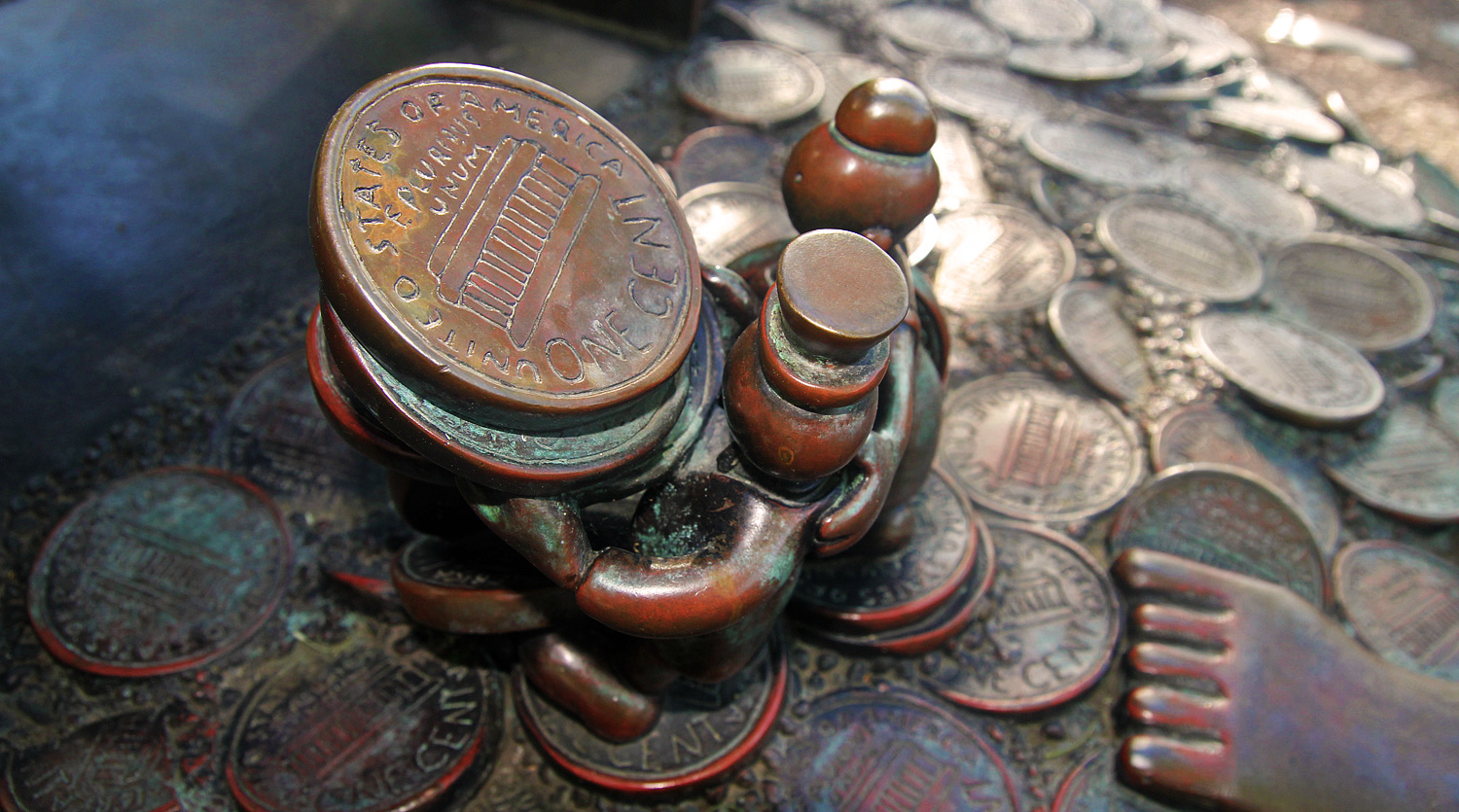
Feeling Alone?
Despite the proliferation of dating apps, people in New York find themselves lonelier than ever. Cuddling might help.by Courtney Vinopal
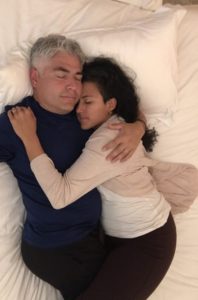
Adam Lippin, 50, of Montclair, N.J., has always been entrepreneurial. Since 1989, he’s run Atomic Wings, a successful buffalo wing chain restaurant with locations across New York. But as Lippin’s business grew, he discovered a passion for self-care, yoga, and meditation, and he began looking into a new venture — something that helped people connect on a deeper, non-romantic level.
“I thought it was time to combine what I hoped was my business acumen along with my passion — finding out who you are, what your true nature is,” said Lippin.
The answer was Cuddlist, a professional cuddling service that the entrepreneur started in January 2016. The inspiration came from Cuddle Party, a 14-year-old organization that facilitates meet-ups (or “parties”) between people seeking non-sexual touch. At these parties, any sort of cuddling is fair game — be it a back rub, spooning, or nuzzling — as long as there is consent between the participants. But sex is not part of the picture.
Lippin said that the most typical clients his company attracts seek to be cuddled because they are either lonely or stressed. While a city like New York is teeming with millions of people, it can nevertheless be an isolating place to live.
“We’re so defined in our culture by our relationships,” said Lippin. “If you’re not in a relationship it can be really difficult.”
“There’s no other way in our culture right now to get that connection and physical contact,” Lippin said, referring to the near-ubiquitous nature of dating apps promising instant gratification to users. He sees Cuddlist as a service that fills this need for human connection in a way that online dating services can’t.
For some, the concept of cuddling may be hard to grasp — Lippin himself said that he sometimes gets tired of explaining what he does for a living to others. But he said that when people start to get the idea, it’s not too difficult to understand.
“There’s tons of evidence to support the fact that touch is beneficial,” said Lippin. “A lot of people can benefit from non-sexual touch in their lives.”
Lippin is right — there are numerous studies that show that social touch has a positive impact on humans. In one such study, which was published last year in NeuroImage journal, researchers found that social touching triggered pleasurable emotions in humans, reducing tension and other anxiety-related behaviors. The researchers drew comparisons between the behavior of humans and primates, who draw similar benefits from social activities such as grooming.
“People need people,” said Steven (who didn’t give his last name for privacy reasons), a Cuddlist client of Saskia Larsen, who regularly holds sessions in her Upper West Side apartment. On a recent evening, the two laid side by side on Larsen’s couch, with Steven spooning Larsen and stroking her shoulder.
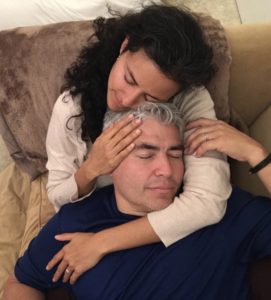
After four months of cuddling with Larsen, Steven said he sees little difference between humans and primates when it comes to this particular activity. Both need human touch to lead happy lives.
“The balance and survival of primate groups is dependent on physical contact,” said Steven.
Cuddling sessions differ depending on the clients. On this particular evening, Larsen — a tiny blonde woman dressed in yellow owl-print pajamas — started by climbing onto her couch with Steven and draping her body around him in a hug. They stayed that way for a few minutes, until Steven asked to move, and laid down against the back of the couch, hugging Larsen from behind. Although the two chatted freely throughout the session, they said sometimes they go for long stretches of time without talking.
Larsen said that Cuddlist stands out from other cuddling services because it asks clients and “cuddlists” or “practitioners” to adhere to a strict code of conduct. Among the stipulations of the code of conduct is that neither the client nor the cuddlist will pursue or encourage any sort of sexual activity, and that both agree on what is mutually comfortable throughout the session.
Still, both Larsen and Lippen noted that misconceptions abound when it comes to cuddling. Oftentimes, they said, people assume that Cuddlist is simply a front for prostitution.
“I think some people think cuddling is the gateway drug to prostitution,” said Larsen. “People looking for prostitution have called me with that assumption. It annoys me because I know they found me through the site, and I know it says very clearly that that is not what it is.”
Besides the obvious benefits of human social contact, most Cuddlist devotees cite another major benefit of cuddling: improved communication skills.
Steven said that before he started coming to Larsen, he was often tense, and struggled to communicate effectively with his wife, as well as his friends, family, and colleagues. Steven, who is 38, said that as he has gotten older, life has presented him with serious challenges, including issues in his marriage. Cuddling with someone on a regular basis has helped him to reduce his anxiety, he said, and open himself up to others.
“Cuddling has showed me that it’s okay to take in love and self-care,” said Steven, who said the quality of his contact with others has improved thanks to cuddling. “A lot of people have noticed, and will open up, and come talk to me.”
Steven added that the energy he’s gained through his sessions with Larsen has had a positive impact on the rest of his personal relationships. “It’s not like I’m cuddling with everyone, but I am cuddling with everyone,” he said.
Even the founder says that cuddling has helped him communicate better.
“From early on, when you’re cuddling, you learn how to say yes to what you want, and no to what you don’t want,” said Lippin, who hosts cuddle parties throughout the city on a regular basis, adding that it’s empowering to be this clear in your convictions.
Larsen, one of the company’s professional cuddlists, underscores her boss’s sentiments.
“Intimacy is a scary thing to admit you need and want,” said Larsen. “Cuddling is all about communication, self-respect, and boundaries.”
Larsen takes the communication idea seriously — when people come to her apartment, she asks them first if they want a hug. She even asked me at the end of the session I observed. I said yes, reluctantly. We embraced for about 10 seconds, during which I held my breath most of the time. Larsen noticed — after all, this business teaches you to be intuitive about the people around you if nothing else. I laughed nervously, and told her I’d try to breathe deeper next time. It seems I could take a few lessons from cuddling, too.
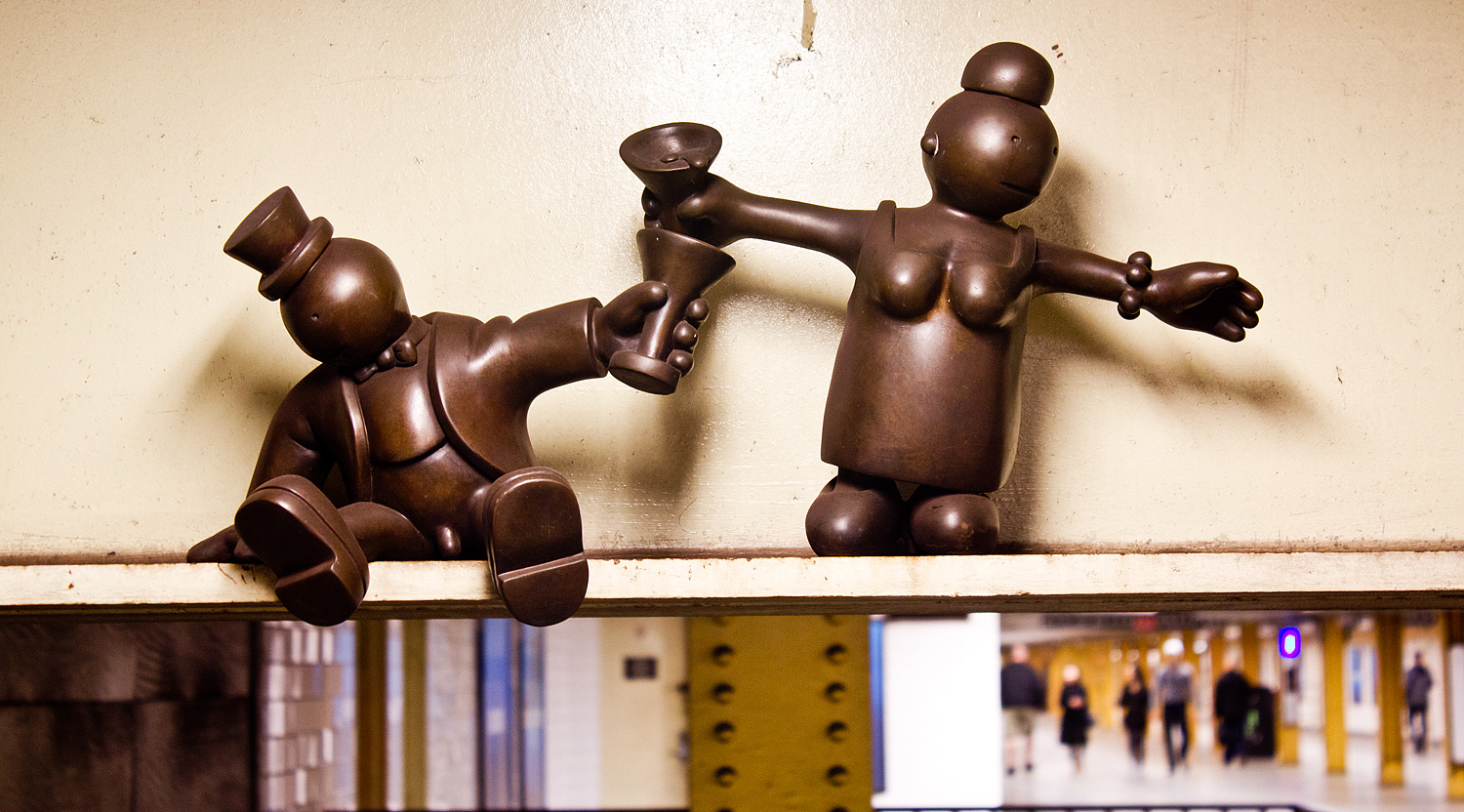
Dating in a New York Minute
Busy New Yorkers find success with speed datingStory by Quincey Trigillo, Video by Patrick Ralph
When Eva Luna and Sebastian St. Sebastian came to get a drink at The Watering Hole in Gramercy Park on a warm Saturday night in April, they didn’t expect to have some entertainment with their evening drinks. But when they saw that a speed dating event was about to occur, they relocated themselves closer to the action hoping to observe uncomfortable interactions between strangers. By doing so, Luna and St. Sebastian fed into one of speed dating’s biggest misconceptions: that it’s only for socially awkward people who can’t get dates otherwise.
What they found surprised them. With at least four companies in the speed dating business in New York City—each holding two to four events each week—either there are a lot of socially awkward people out there or speed dating is just a popular way for busy New Yorkers to meet other unattached New Yorkers. It’s also lucrative for those in the industry. For example, Amber Soletti, founder of OnSpeedDating—the company running the event at The Watering Hole, says that their business is on the rise, up 25 percent from last year.
“There are a lot of busy professional singles out there that do not have time to go out and meet someone,” she says. “By signing up for one of our events they can meet 10-20 singles in one night. It’s efficient.”
Back at the Watering Hole, the hosts set up in the back part of the bar, putting placards with numbers on the tables. They had a spreadsheet, a check-in list, and nametags ready to go for when the speed-daters arrived. Those registered for the event created profiles on the company’s site. This is how they will pick their matches afterward.
The dates were set to begin at 7:30 p.m. The first dater, a female, arrived around 7. Elaine Miraglia, 34, checked in and then took a seat at the bar to order a cocktail, something pinkish and in a low glass. She had done this a few times before but she says she doesn’t know what to expect with this particular event. Last fall at ComiCon in New York City, she said she attended her favorite speed dating session—yes, people were in costume and no, she didn’t meet anyone. She was frustrated that they didn’t really regulate the ages. “You’d sit down and be sitting across from an 18-year old,” she said as she chuckled—clearly now finding the humor.
More daters started to trickle in over the next 45 minutes. Most gravitated to the bar. Some of the women staked out their space, where they would stay stationary throughout the event; the men rotated through the numbered stations. Some of the men spoke to each other and some of the women did as well. But neither spoke to each other yet.
As 7:30 drew near, the hostess—Cait Doyle—got on a microphone to tell all daters to come to the section and for the ladies to place themselves at one of the numbered tables. When they were seated, Doyle placed the gentlemen adjacent to the ladies. There were 11 men and 17 women, so some of the ladies would be sitting solo through some rotations. She then explained how this would work: the daters would get three minutes to talk and then she would ring a bell indicating when it was time to rotate.
The participants were instructed to take notes between their mini-dates so that when they got home later, they could log into the accounts they created and see all of the attendants from the event and select those they would like to see again. If the feeling is mutual, they are granted contact info and the rest is up to them.
Luna and St. Sebastian, the observers at the bar, admitted their opinions changed over the hour. “To me, it was incredibly hopeful, but also pessimistic,” St. Sebastian said with wide eyes behind his clear spectacle frames. “But now that it’s over, it’s just hopeful. Nobody seemed denigrated.”
And he was right. While there was perhaps a tension in the air at the start of the event—first date nerves, no doubt—the daters seemed more relaxed and even in good spirits as they rose from their tables. One dater, who did not want to be identified for privacy reasons, said she was there to check off a bucket list item. She wasn’t sure if she made any matches but had so much fun she said she’d definitely do it again. A male dater, who also didn’t want to give his name, hung by the bar after the event ended while he finished his drink, and to perhaps meet and mingle a bit longer. He said he has done it before, but he didn’t really like anyone at this event. Would he do it again? “Absolutely.”
And considering that an average date likely costs a minimum of $30 in New York City, speed daters get more bang for their buck. These events can cost between $30-40 and singles are promised 10-20 mini-dates during the event. For some it may be hard to get a real sense of someone in three minutes, but there are other options too: some companies offer longer dates of up to six minutes and instead of bells ringing, hosts usher the daters through the rotation.
Troy Wilson, a guest services manager from another speed dating company—Speed NY—said his company has been successful for 10 years because its daters tend to prefer to meet people in person rather than risk a bait-and-switch situation from a dating app. App dating makes it too easy for people to hide their actual identity and perhaps post pictures that may reflect a more, say, “attractive” time in their lives, he adds. Apps may be popular, but as Wilson said, “Our daters tend to find no substitute for instant, in-person chemistry.”
With nearly 200 events a year between all of the companies, and at least 20 people at each event, it is safe to say that speed dating remains a viable option for New Yorkers to find love. “If you’re single and looking to meet someone for a fling, a relationship, marriage or just a friendship, give it a shot. It’s a great way to meet people quickly and everyone is looking for something different,” said OnSpeedDating's Soletti. “You never know.”
Soletti really believes what she’s saying. She met her now-fiance at a themed event for tall daters. Her advice: keep at it because it just takes one person to change things.
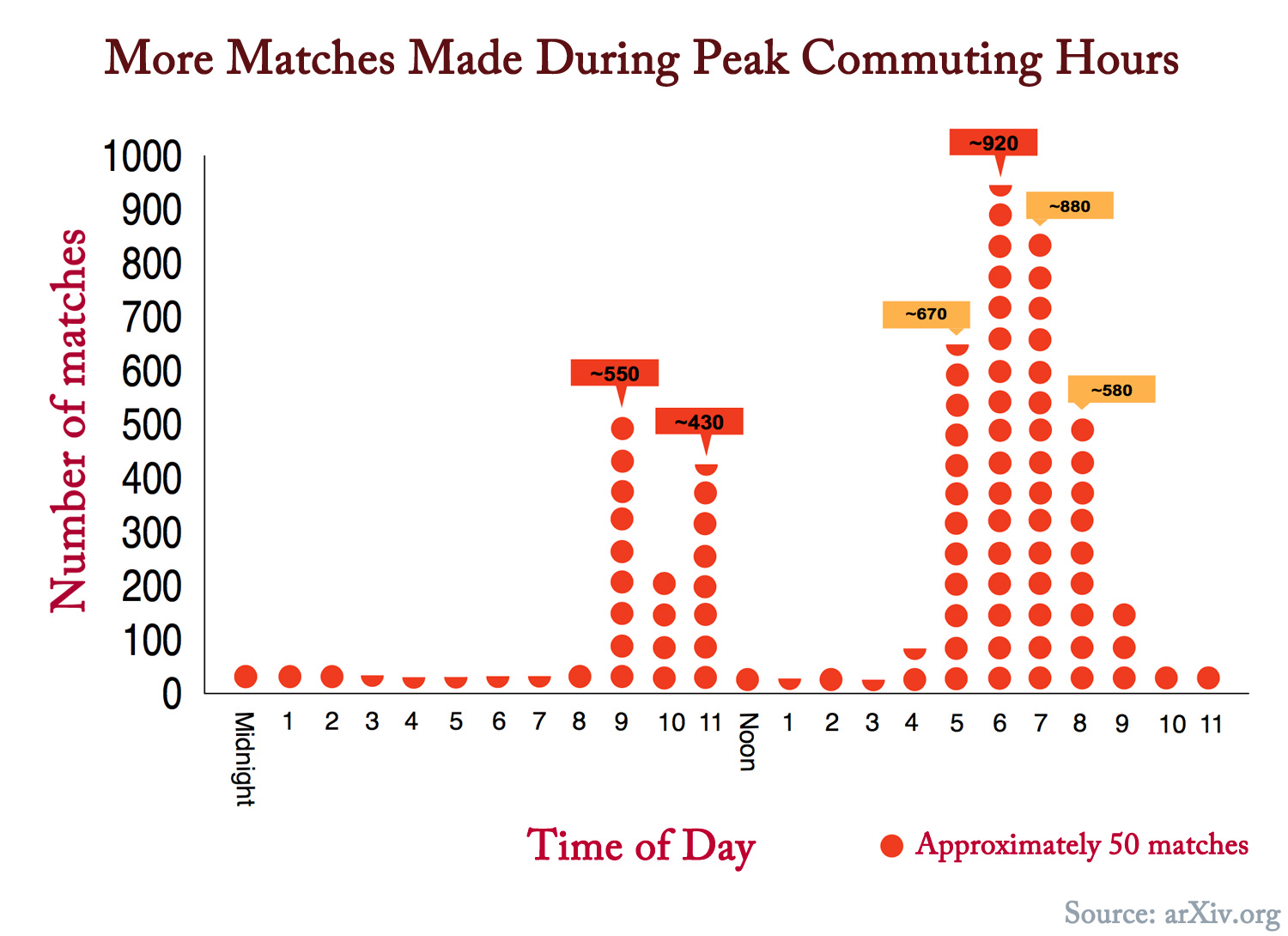
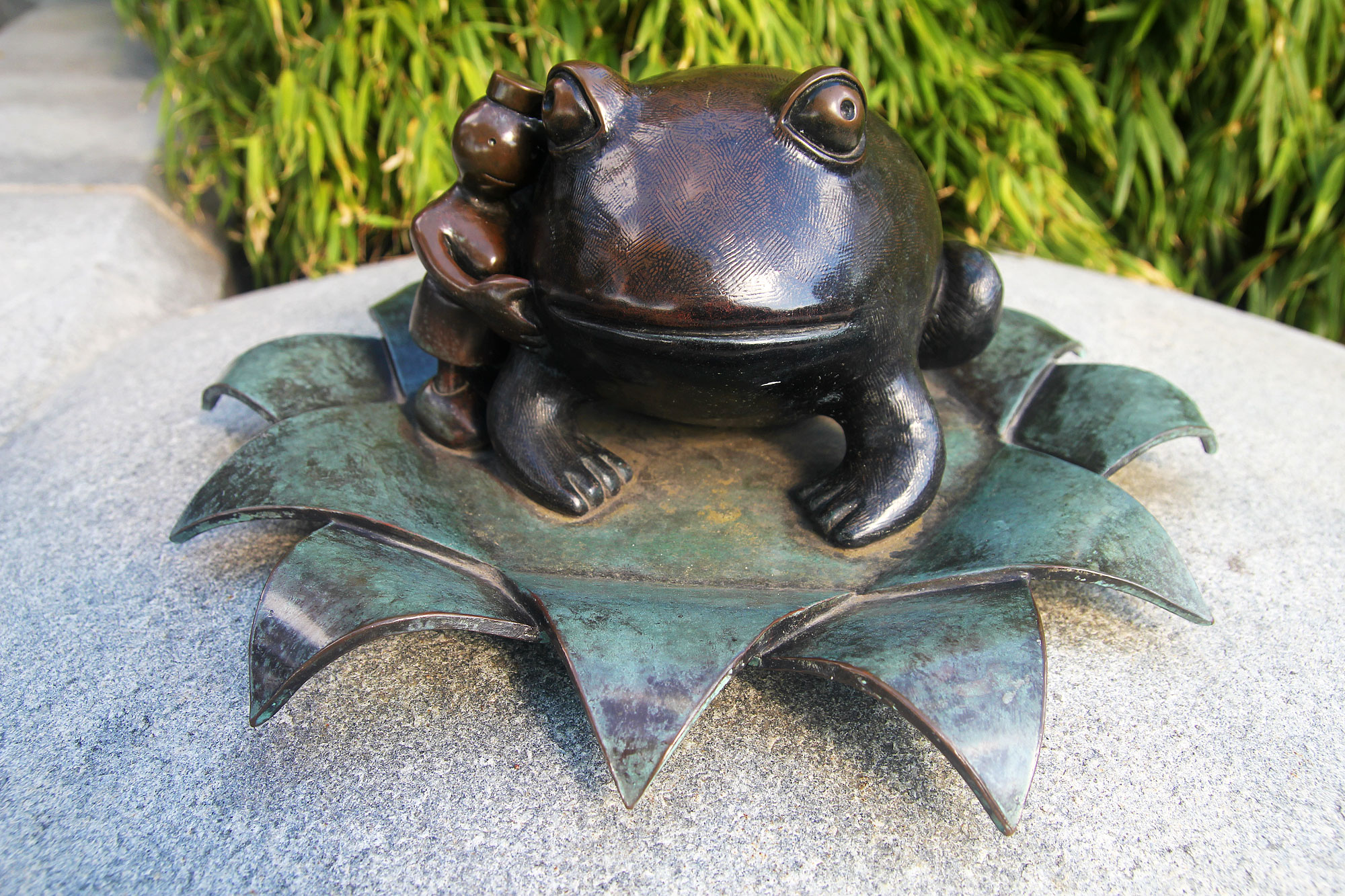
Feel me, Touch me
Dating with a ...Blindfoldby Alexandria Bordas
I arrived at House of Yes with one thought in mind – this is crazy.
One week prior, I had stumbled onto a colorful Instagram post that promised an evening spent outside of your comfort zone, if you were single and ready to mingle in an entirely new way. This wasn’t an event for just any single man or woman – you had to go into the experience knowing you were going to be pushed beyond your limits.
I asked another friend if he was interested and for $50 each we signed up for a night of Sensory Speed Dating.
When the night came, about 100 of us were guided into a large room, which transforms into a night club on a Brooklyn Saturday night. But on this evening, there were rows of tables and chairs with dozens of miniature hand sanitizers acting as centerpieces. We were randomly assigned a seat and given a number to pin on our shirts.
It was an event for all genders and sexual interests, and they separated the room based on if you wanted to be matched with men, women or both.
“Welcome to sensory speed dating! Here, all your inhibitions are thrown to the wayside as you prepare to meet your potential mate through all senses except your vision,” announced the night’s host.
As soon as he finished that sentence, we were instructed to cover our eyes with a blindfold. One side of the tables stood up and shuffled three chairs to the right.
“For your first exercise, we ask that you speak to one another about your sexiest night in your sexiest, most alluring voice,” our host asked us.
I was happy the partner sitting opposite of me couldn’t see the sheepish grin I had on my face. I took this entire evening as an opportunity to experiment but I wasn’t truly expecting to meet anyone, which took the pressure off and made it much more fun for me, at least.
“Hi, name is Bobby and I was born in Minnesota. I am an investment banker for a big-time Wall Street firm,” Bobby said in a very unnatural husky voice. “My sexiest night happened in a hot tub in Las Vegas, where a strange woman from Bulgaria proceeded to take off her bikini and…”
Thank you, Bobby.
“Hi, my name is Ally and I moved here from Southern California. I am a graduate student at Columbia University,” I whispered back in a dulcet tone, my go-to sexy voice. “My sexiest night happened while camping at the beach…”
I don’t think Bobby and I connected because I couldn’t stop laughing and he did not find it humorous.
The bell rang – “shuffle to the right three spaces!”
Our next exercise had us feeding our partners supposedly sexy foods that consisted of a cherry tomato, an amaretto cookie and a strawberry. I hate tomatoes so I spit that out and the cookie was stale. Not the sexiest of moments between Thomas and me.
Next!
We were then asked to smell each other from wrist to neck. I am gravely aware of how alarming this could be for some people but smelling a man, when they smell just right, is one of my favorite sensory experiences. So, I was looking forward to this exercise with my new partner Amir.
I went first.
“Start by gently cradling their wrists, and taking a moment to feel their skin,” the host whispered in the microphone.
I bent down and rested my nose gently on his wrist – no strong smell so far.
“Now work your way slowly up until you reach their neck right under their ear,” the host instructed.
Amir smelled amazing. It was a mixture of cologne with his own scent, a very guttural man scent. It was a lovely moment we shared – I smelled and he giggled playfully.
Our last sensory experience was a goofy one. We were asked to blindfold dance with our new partner to blaring music. It felt as if it was an exercise meant to break up built-up tension and get us in a lighthearted mood for an end of the night cocktail party.
Once the cocktail party hit, all of our numbers went up on a giant whiteboard. After each exercise, we’d been asked to raise our hands if we felt a connection. Up there were the results. If our numbers appeared next to one another, then it was left to us to hunt down our partners because none of us knew what the other looked like.
What sounded promising though, quickly devolved into just another strange cocktail party, where people wandered about looking for someone they could connect to.
Was it worth the $50? Yes.
Would I recommend it? Yes.
Would I do it again? Probably Not. The after party was so unorganized I never did find Amir.
Overall, I was happy I attended the event. I didn’t mind taking a night off from cookie dough ice cream and endless re-runs of The Office.
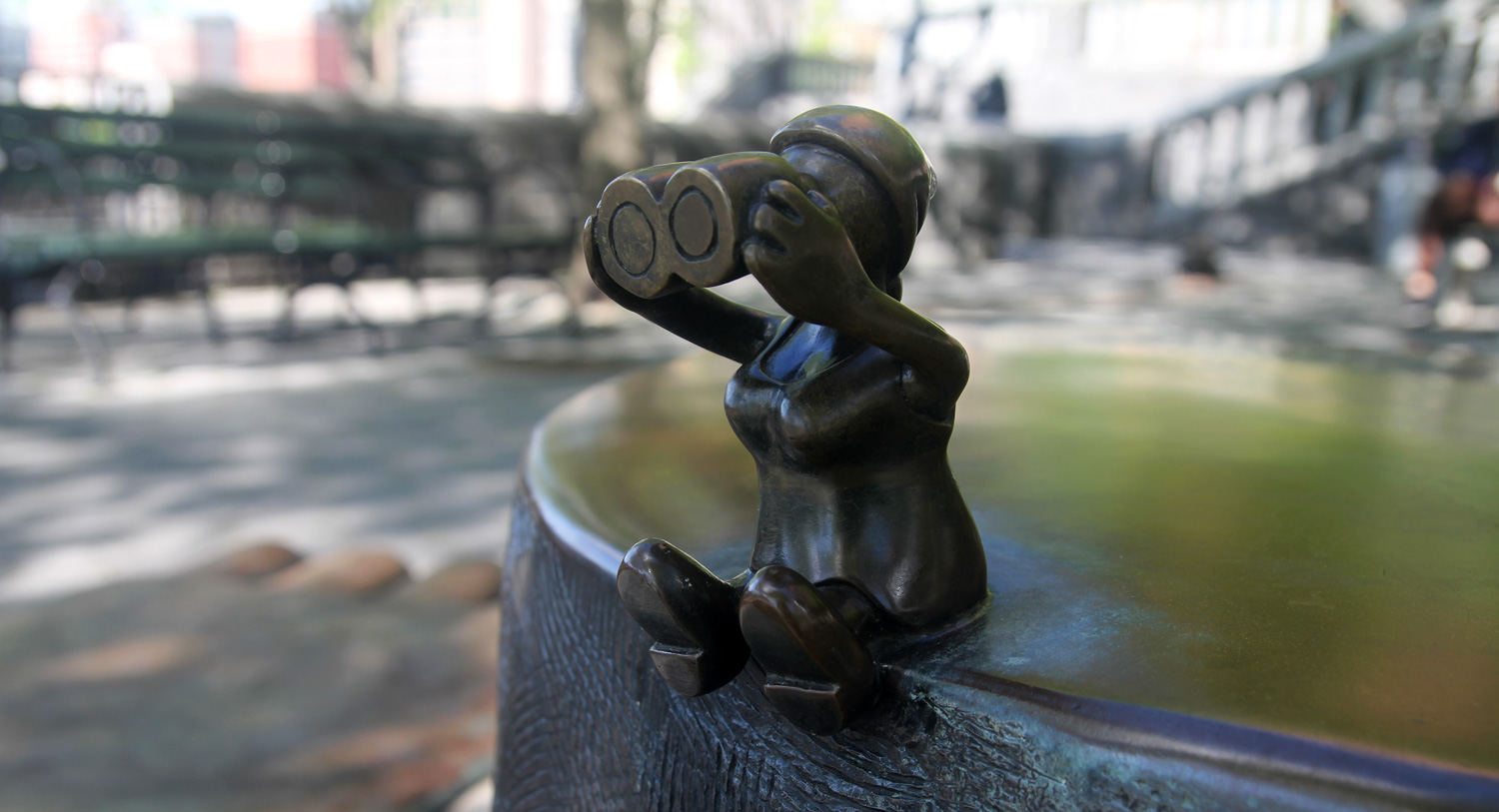
It's Hard for Lesbians
A lack of bars for lesbians in the city, say many, make finding love a challengeby Natasha Frost
Alex Peresman, 25, a student and model, couldn’t work out why Her, an app for women seeking to date women, kept showing her matches far outside of her desired age range and area. “I kept matching with 18-year-olds from upstate New York,” she remembered.
In a city like New York, with its vibrant LGBT community, you might expect a dating app for queer women to be full of options. But when Peresman emailed the app’s makers and explained that it seemed to be buggy, they explained that there were simply too few users for the settings to work effectively.
This was just one attempt Peresman made in a six-year quest to date women in New York. Her search came to an end in January of this year, when she finally met someone and started a romantic relationship. But during that six-year period, she went to pop-up events for queer women, visited New York’s limited number of lesbian bars, and waded into the online dating pool: OkCupid, Tinder, Bumble. Nothing seemed to work.
Compared to the plethora of options available for gay men, New York’s lesbian community is underserved. The few lesbian bars that exist – Cubbyhole and Henrietta Hudson, in the West Village; Ginger’s Bar in Brooklyn; and Bum Bum Bar in Queens – attract a mixed group of genders and sexualities. On a Saturday evening at Cubbyhole, on West 12th Street, the crowd is at least 30 percent male. Two well-dressed men sit at the bar’s corner discussing whether they should feed the meter or get another drink.
They jostle for space at the bar, under a ceiling studded with thousands of metal staples, glimmering like the Milky Way. Rainbow streamers hang in the windows; plastic grapes glow yellow-green above the entrance to the two bathroom cubicles. The bathroom doors both have a female figure on the door, and a tongue-in-cheek sign above the bar advertises Hot Pockets for $3 apiece – but, as a gay woman, it might be hard to know who was up for being flirted with.
In contrast, there are at least 30 bars aimed at the gay male population in the city. On a sweaty Friday night at a gay bar called The Ritz, on 46th Street, there’s not a single female face to be found at the bar or on the dance floor. According to Match.com’s 2017 Singles in America survey, 64 percent of singles flirt ‘at a bar’ – but a lack of lesbian-only bars is making it harder for lesbian singles to meet their partners in traditional ways.
Across the country, the bar scene for lesbians is in a slump. San Francisco’s iconic ‘dyke bar’, The Lexington, closed down in 2015. Earlier this month, Washington D.C.’s Phase 1 ended its 45-year-run as the oldest lesbian bar in the country. And here in New York, veteran establishments like Meow Mix and The Clit Club have long since closed their doors for good. Online, too, there are a variety of apps for gay men looking to date, fall in love or just have sex: Scruff, Grindr and Surge are just a few examples.
Researcher Jen Jack Gieseking, who has written extensively about queer spaces, worries that a lack of lesbian bars is a problem not just for meeting other women, but for having a place where queer women can feel at home and dress and behave as they like. Beyond that, they’re community building.
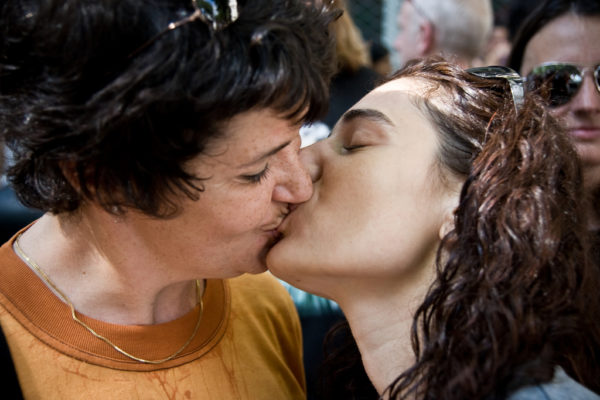
While American attitudes trend towards tolerance and acceptance, lesbians bars across the country seem to have fallen on hard times. (Flicker/Philippe Leroyer)
Their losses, he says, are felt acutely across the board: “Lesbian bars continue to afford the possibility for always slightly more diverse socializing across race, age and class than other social venues, particularly during young adulthood and most especially when coming out.”
Still, one upside of the lack of options is a burgeoning pop-up scene: Facebook events for ‘LezzerTag’, bar nights and other themed activities abound.
Babetown is a recent example. Founded by chef Alex Koones, the company organizes what it calls “moving pop-up dinner parties for queer and trans women and non-binary people.” Koones cooks and usually hosts the parties in friends’ homes across Brooklyn. Each, she says, is “an evening of food, wine and gayness.”
Babetown puts on between two and three events a month, from ‘Galentines’ to ‘Seder’ to ‘Brunch’, which sell out in hours, weeks ahead of time. Liquor flows freely, dinners are apparently delicious, and the evening is usually just $35 – all, perhaps, contributing to its record success.
Though they aren’t necessarily billed as opportunities to hook up, she has been quoted as saying she knows of at least three couples that have met at these private parties. Koones did not respond to requests for an interview from NY City Lens.
Peresman attended one of these dinners, helping out in the kitchen for a reduced ticket. But while the evening was fun, she says she didn’t meet anyone she hoped to see again.
She wonders, though, if the difficulties of dating women in New York might be more to do with outlook than opportunity. “Friends I have who don’t live in NYC assumed that it would be easier, because there are so many queer people here,” she said. “But everyone takes it for granted. I’ve definitely been guilty of that myself – we all see each other as disposable.”
More than that, she said, she’s noticed that women fail to make the first move, whether in person or online. “I don’t know if it has to do with the way that women are socialized,” she said. “I don’t know if that’s what I think — but it’s certainly what I’m wondering.”
Peresman is now in a relationship with a man, and although she says she would rather date women, she remembers the experience as having been exhausting. “I don’t want to go back to that,” she said.
Erika Kincaid, 25, a student program director, similarly struggled to find love in the city. She too says she did not know when was the right time to make a move. “Women don’t know if they’re supposed to reach out, or if it will be taken well. The fear is inhibiting,” she said. “I think that we’re taught to be on the receiving end of conversation, we’re supposed to be more subdued, but if two women who think that they’re not supposed to talk first… Well, what are you supposed to do?”
But things are changing, she thinks. Bars and clubs might be lacking, but the “lesbian community is definitely making an effort to make spaces” and hold events to make meeting other women possible. Like Peresman, she has also attended queer pop-up events and occasional bar nights.
After a couple of years of singledom, Kincaid met her current girlfriend through OK Cupid, a free online dating site that caters to singles of all genders and sexualities. Eight months ago, she reached out and asked her for tacos. Now, they “practically, though not officially” live together.
The twist? Kincaid’s New York love story has actually led her away from the city. She now lives in New Jersey, where her girlfriend is from and also lives. Kincaid laughs at the suggestion that it might be easier to find love on the other side of the Hudson River.
“It’s worth it if you keep trying,” she said. “There’s got to be a reason why there’s so many lesbian couples having children in Park Slope.”
